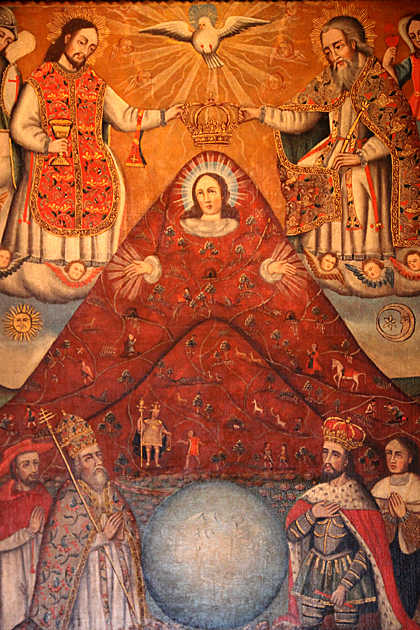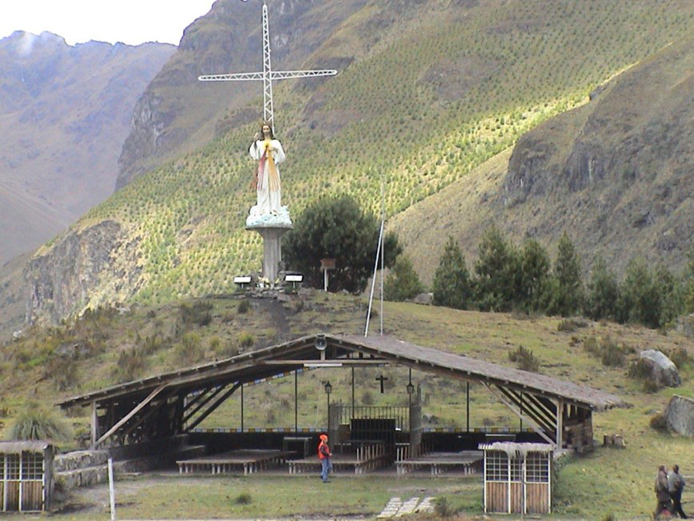It can be argued that if the Church had paid more attention to apparitions (and even some alleged apparitions of the Virgin Mary; the distinction is made because even approved ones have not been widely heeded), it would not be in the crisis it is now — a crisis that, if it rids pride, better known as clericalism (the notion that priests and bishops are of a higher caste), will be a very good purification. We all need that.

That, of course, goes against what Jesus promised, when He said He would send forth the Holy Spirit and His followers would do the sort of wonders He did. “Truly, truly, I say to you, whoever believes in Me will also do the works that I do; and greater works than these will he do, because I am going to the Father,” says John 14:12).

And in this regard, one thinks of the most towering places where she has appeared, a list that would include the French Alps (LaSalette) and the Andes (back in the 17th century to a mother superior in Quito, and more recently — in fact up to the current day — near Cuencha).
It was there that a young woman named Pachi Talbot claimed appearances of the Blessed Mother starting three decades ago, and many we interviewed there said they had seen copious signs accompanying her apparitions — dazzling displays of the sun during the day and what can only be termed a supernatural light show one night — like colored lightning between mountains surrounding a makeshift shrine.
The apparitions began in 1988, up 12,000 feet at a spot known as El Cajas, Mary appearing with golden skin, the mysterious sound of bells, and twelve stars.

The bishop, though tolerant of the apparitions, has not ruled on them.
New Agers have their highlands — Machu Picchu, Mount Shasta, points in the Himalayas, Mount Diablo (that name!).
Mary and Jesus have theirs.

What is it about mountains? Is it that the “veil” is as thin as the air?
Just like their Incan ancestors, many in the Andes still believe that apus, or spirits, live in the mountain peaks. You can also see the three main totems of the Inca incorporated in many designs in the region: the condor (representing the world of the gods), the puma (symbolizing the world of humans), and the snake (which represents the underworld and the dead).
Thus, the need for caution — as well as wonderment at why it is that high places seem to possess unusual supernatural power.
[resources: The Final Hour]
=
=
=
=
=
=
=




